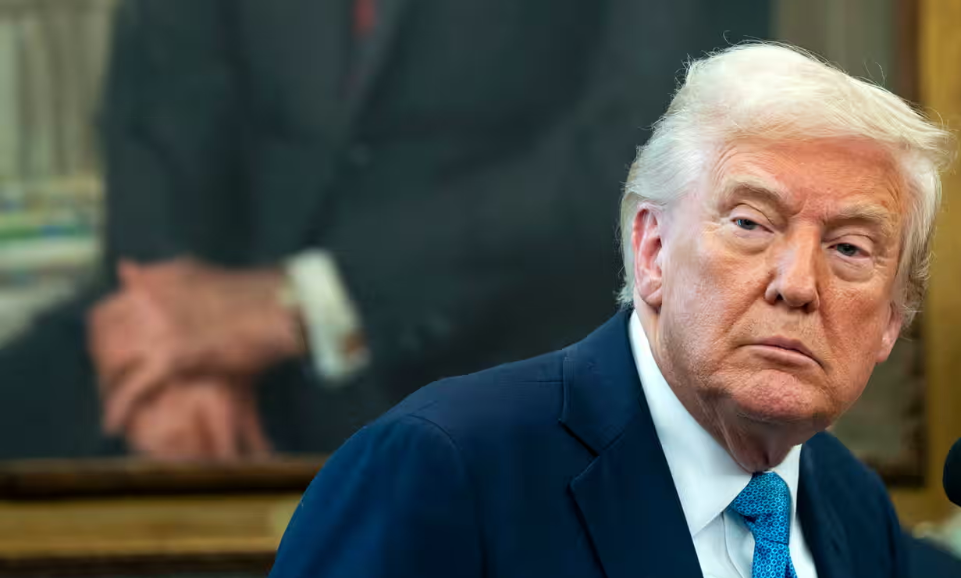Trump Slashes China Tariffs: Major Shift Could Boost U.S. Economy Fast — In a landmark policy move, President Donald Trump announced a substantial reduction in tariffs on Chinese imports, aiming to ease tensions in the long-running U.S.–China trade war. This decision is expected to have a wide-reaching impact on the U.S. economy, businesses, and everyday American consumers.
1. What Prompted This Sudden Shift in Tariff Policy?
The U.S.-China trade conflict has been active since 2018, resulting in hundreds of billions of dollars in tariffs. Recently, economic advisors and the Treasury flagged a “tariff fatigue” problem, noting that the existing 145% duties were increasing prices for American families and hurting small businesses.
President Trump acknowledged these pressures, stating, “Tariffs are coming down substantially, though not to zero. It’s time we recalibrate and protect American economic interests differently.”
2. The Cost of the Trade War – By the Numbers
To understand why tariff reduction matters, let’s look at the data:
| Metric | Before Tariffs (2017) | Peak Tariff Impact (2023) | Post-Tariff Cut (Projected) |
|---|---|---|---|
| U.S. Imports from China | $505 billion | $367 billion | $425 billion |
| Consumer Price Index Impact | Neutral | +1.2% increase | Projected 0.4% decrease |
| Average Tariff Rate (on China) | 3% | 19.3% | Estimated drop to ~9% |
| U.S. Export Access (China) | Full | Restricted (tech, agri) | Partial restoration |
Source: USTR, IMF, Statista (2025)
3. What Will This Mean for U.S. Consumers and Businesses?
This decision could mean lower prices at retail, easier access to manufacturing components, and reopened markets for American farmers and tech companies. For example:
- Electronics may become cheaper by 8–12%.
- Apparel prices may stabilize after months of cost spikes.
- Agricultural exporters, especially soybean and corn producers, might regain lost Chinese market share.
4. How Are the Markets Reacting to This News?
Following Trump’s announcement, the Dow Jones surged 2.3%, and the S&P 500 hit a new monthly high. Analysts from Goldman Sachs and Morgan Stanley stated that this could “spark a mid-year rally if negotiations hold steady.”
Investors are betting on:
- Improved U.S.–China cooperation
- Relief from inflationary pressures
- Stable dollar against yuan
5. Could This Mark the End of the U.S.–China Trade War?
Not entirely. While this move signals de-escalation, both nations are still at odds over:
- Intellectual property protection
- Tech-sector restrictions
- Military alignment in the Asia-Pacific
Negotiations will continue, but experts believe tariff relief will open the door to deeper trade talks that may include climate policy and AI regulation.
Impact of Trump’s China Tariff Cut
[Trump’s Tariff Cut]
|
----------------------------------
| |
[Consumer Impact] [Business Impact]
| |
Lower Prices Supply Chain Relief
Increased Spending Reopened Export Markets
Better Buying Power Boost in Stock Markets
6. Strategic Implications for American Global Influence
By softening his stance, Trump is:
- Appealing to moderate voters ahead of elections
- Realigning U.S. trade posture with allies
- Pressuring China to cooperate in international forums (WTO, G20)
This may reinvigorate America’s diplomatic leverage, especially in Asia-Pacific economic corridors and during international trade conferences.
7. Expert Opinions on the Move
“It’s a smart tactical reset. It doesn’t weaken U.S. power—it recalibrates it for economic resilience.”
— Dr. Carla Mendes, International Trade Council
“This is a step toward undoing costly mistakes from the trade war. It’s about time.”
— Jeffrey Lin, Brookings Institution
Final Thoughts: What You Should Watch Next
As Trump’s policy shift unfolds, keep an eye on:
- Tariff implementation timelines
- China’s response and any reciprocal actions
- Long-term consumer trends and inflation numbers
This is more than a headline — it’s a turning point for U.S. trade policy, and possibly the start of a new global economic era.
[USnewsSphere.com / tg]





